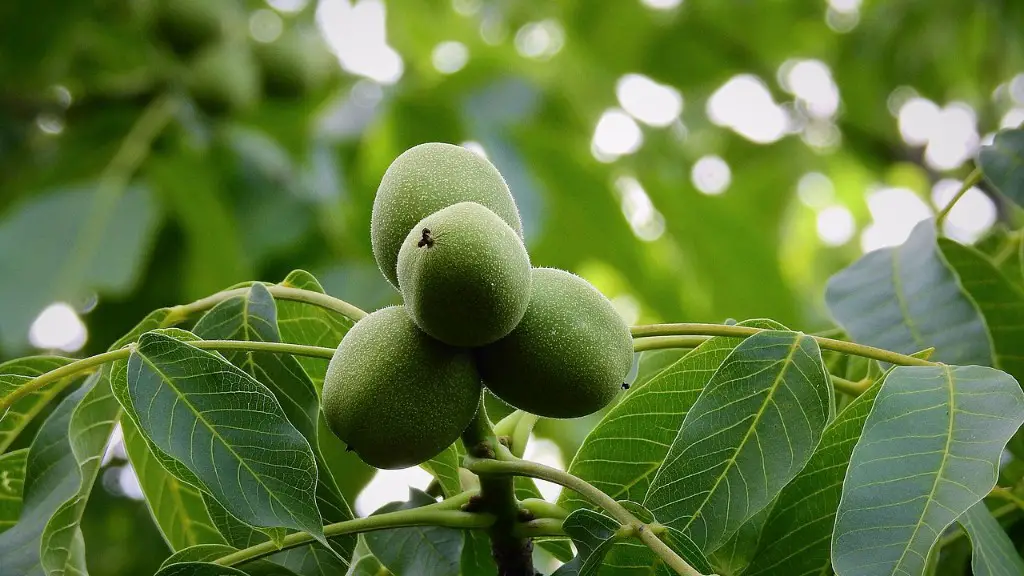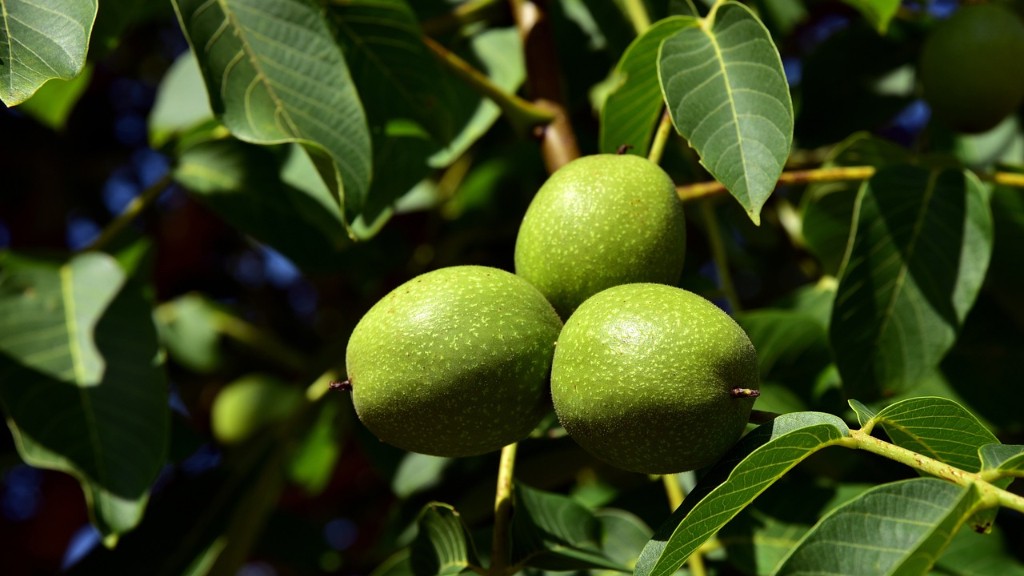Where Can I Get an Avocado Tree
If you’re looking to plant your own avocado tree, there a few things to consider. But before we get into the logistics, let’s cover some basics. An avocado tree is an evergreen that belongs to the Lauraceae family. The tree typically grows to 30–40 feet in height and produces yellow-green flowers. In some climates, they can reach up to 80 feet in height. Avocado trees thrive with full sun and need to be planted in well-draining soil. With proper care and good environmental conditions, an avocado tree can start bearing fruit in three to four years after being planted.
To get an avocado tree, you have several options. You can purchase a young avocado tree, typically about 18–24 inches in height, from a garden center or online seller. You may also be able to find a small, potted avocado tree from local nurseries and plant-specific stores. If you’re interested in harvesting avocados, look for trees labeled as “self-fruiting,” which tend to bear fruit faster than other varieties.
You may also be able to get an avocado tree from a neighbor or relative. If a neighbor has a mature avocado tree, you can ask them for a few of the small branches off of the tree. You can then replace the branch back into the soil, where it will start to develop roots. With a bit of luck, the branch will start to grow and in a few years, you’ll have a full-grown avocado tree. Avocado trees are popular in many parts of the world so it might not be too difficult to find one just by asking around.
A more adventurous approach is to get an avocado seed directly from an avocado fruit. You can find instructions online on how to properly prepare the seed and start growing your own avocado tree. This approach takes a bit more work and patience as these avocado trees can take up to five years before they bear fruit. But in the end, you get a tree that was literally borne out of your own hard work and dedication.
Whichever route you choose, growing an avocado tree can offer an abundance of benefits. Aside from the practical benefits of being able to harvest your own avocados, avocado trees also create ample health benefits. A mature tree can act as an air filter and pollutant absorber due to its abundant foliage. Therefore, you not only get a great fruit-bearing tree, you also get additional health benefits. Meanwhile, the smell of an avocado tree’s flowers is a lovely addition to any backyard.
Where to Plant an Avocado Tree
When it comes time to plant your avocado tree, you’ll want to make sure you pick the right spot. Avocado trees need plenty of room to spread their roots, so make sure you have enough space around the tree. The tree should also be in full sun, and protected from strong winds or other elements. Make sure the soil drains well to keep the roots from becoming waterlogged.
If you live in a cold climate, you may want to consider planting your avocado tree in a container. This way, you can bring the plant indoors during the winter season. Indoors, the plant will need a spot that is well lit (but not necessarily in direct sunlight) and is also protected from frost and other elements. If you go this route, you will need to be extra vigilant about maintaining the root system by repotting the tree every couple of years to make sure it still has plenty of room for healthy growth.
Protecting an Avocado Tree from Pests and Diseases
Because of its popularity, avocado trees are susceptible to a variety of pests and diseases. To protect your tree from these potential threats, you’ll want to prune away any dead or diseased branches regularly. Many of the common diseases affecting avocado trees—such as root rot—are caused by overwatering, so make sure to water your tree only when the soil is dry to the touch. You’ll also want to avoid planting other plants close to your avocado tree as this can encourage disease spread. And during the summer season, keep a careful eye out for any pests, particularly mealybugs.
You can also explore various organic treatments to protect your trees from pests and diseases. Simple solutions like spraying the leaves with a combination of garlic and water can help ward off various bugs. You can also create your own concoction of neem oil and water to spray on the leaves or add to the soil to keep away pesky critters. Be sure to research any pesticide treatments you plan to use to make sure you don’t apply anything unsafe on your avocado tree.
Fertilizing an Avocado Tree
To ensure your avocado tree grows to be strong and healthy, you’ll want to fertilize it every few months, using a special fertilizer for avocado trees. Before fertilizing, check the soil to make sure the PH levels are adequate and top off the soil with any nutrients it is missing. Organic fertilizers are a great option for avocado trees, as they release nutrients slowly, which helps the tree to absorb all the nutrients it needs.
When adding fertilizer, be sure to avoid the base of the trunk and instead spread it around the drip line, or the circle around the tree where the majority of the roots are located. Avoid over-fertilizing as this can lead to disease and nutrient imbalance. You should also make sure to water your avocado tree before and after applying fertilizer.
Pruning an Avocado Tree
Pruning an avocado tree is important to ensure it maintains a healthy shape and size. When pruning, it is best to trim off the dead branches and remove any unnecessary foliage. This will help improve air circulation and light exposure and will also leave room for more growth. Prune the tree in late winter or early spring for the best results. When pruning, be sure to use clean tools and cut away from the tree to avoid spreading any diseases.
Harvesting Avocados
Once your avocado tree starts bearing fruit, it’s time to get ready to harvest. The best way to tell when an avocado is ripe is when it slightly yields under a gentle press from your thumb. Keep in mind that the timing of harvesting may vary depending on the type of tree as some may require an extra few weeks before being ready for harvest. Always use clean tools when picking avocados to avoid introducing any bacteria or damaging the fruit.
Once you’ve picked your avocados, you’ll want to handle them with extra care. In general, it is best to store avocados at room temperature until you’re ready to eat them. When you’re ready to enjoy an avocado, you can use a knife to carefully remove the sides of the fruit and enjoy with a pinch of sea salt or your favorite topping.
Nurturing an Avocado Tree
Properly nurturing an avocado tree takes patience and dedication. But if you’re willing to dedicate the time and effort to caring for it, you’ll be rewarded with a strong, healthy avocado tree and plenty of delicious, homegrown avocados. When it comes to watering, aim for one to two inches of water a week and adjust the frequency based on the season and the needs of your tree. Make sure to fertilize and prune your tree regularly and keep an eye out for any pests. And most importantly, enjoy the beauty and bounty of your fabulous avocado tree.


